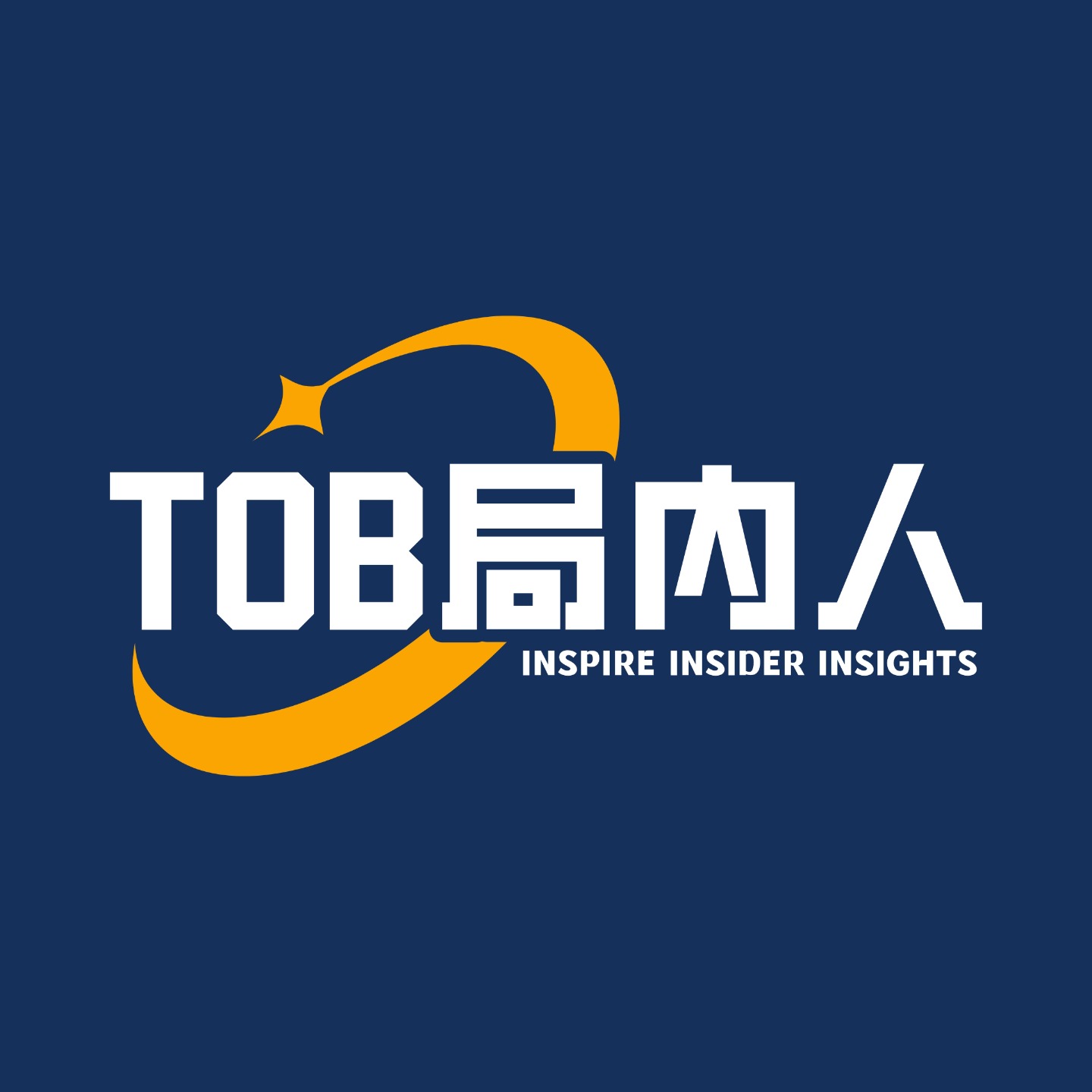
Deep Dive
ToB营销:医生模式还是推销员模式?一场关于说服的博弈
最近我一直在思考一个问题:ToB营销,究竟是“医生模式”更有效,还是“推销员模式”更胜一筹?人们普遍不喜欢被推销,这几乎已成共识。但抛开人们对推销员的负面印象,我们能否找到一种更有效的、更受客户欢迎的营销方式?
人们为何抗拒推销?
这并非对推销员个人的偏见,而是推销行为本身存在诸多问题。缺乏个性化、高压销售策略、负面刻板印象以及信息不对称,这些都是客户抗拒推销的主要原因。 客户希望的是被理解,被尊重,而不是被强迫接受不必要的产品或服务。 他们厌倦了那些千篇一律的推销话术,以及那些试图制造紧迫感的限时优惠。 信息不对称更是加剧了这种抵触情绪,客户在信息匮乏的情况下,很容易产生被欺骗的不安感。
ToB业务中的推销员逻辑
尽管如此,在ToB领域,推销员逻辑依然广泛存在,尤其在大宗商品交易、制造业和金融服务等领域。 这些行业往往涉及复杂的交易和解决方案,需要销售人员积极主动地进行沟通和说服。 但这并不意味着推销员模式就一定优于医生模式。
说服的艺术:医生模式与推销员模式的比较
无论是医生模式还是推销员模式,其本质都是为了说服客户。 区别在于说服的方式和策略。
推销员模式: 其逻辑顺序通常是“解-根-需-损”。 他们往往先抛出解决方案,然后寻找产品特点来支撑这个方案,再试图创造或识别客户的需求,最后评估损益。 这种模式的优势在于销售渠道学习快、推广速度快,有利于快速学习和推广;劣势在于比较盲目,难以深入了解客户需求,容易忽视客户需求,引起客户抵触。
医生模式: 其逻辑顺序是“需-根-解-损”。 他们首先识别客户的需求,然后深入挖掘需求背后的原因,再提供个性化的解决方案,最后评估损益。 这种模式的优势在于能够深入了解客户需求,提供个性化解决方案,提升客户体验,建立信任关系;劣势在于耗时长、成本高。
四象限模型:选择合适的模式
选择哪种模式,取决于两个关键维度:客户对自身需求的清晰度和产品与需求的匹配度。 我们可以构建一个四象限模型来辅助决策:
第一象限 (需求清晰,匹配度高): 推销员模式更有效。客户知道自己需要什么,产品也能满足需求,无需过多解释。
第二象限 (需求清晰,匹配度低): 医生模式更有效。客户需求明确,但产品无法直接满足,需要深入了解客户需求,定制解决方案。
第三象限 (需求模糊,匹配度高): 医生模式更有效。客户需求不明确,但产品有潜力满足潜在需求,需要引导客户发现需求。
第四象限 (需求模糊,匹配度低): 混合模式更有效。 客户需求不明确,产品也无法直接满足,需要同时进行市场教育和需求挖掘,并结合推销策略。 生成式AI在企业场景中的应用就是一个典型的例子。
辩证看待两种模式:需根解损的智慧
无论是医生模式还是推销员模式,都并非完美无缺。 医生模式容易陷入“医患关系”的陷阱,将客户视为需要被“治疗”的对象,甚至放大客户焦虑;推销员模式则容易忽视客户需求,导致客户反感。 因此,我们需要结合辩论思维中的“需根解损”方法,在实际操作中灵活运用这两种模式,并不断改进营销策略。 “需”指识别需求,“根”指寻找原因,“解”指提供解决方案,“损”指评估损益。 无论采用哪种模式,都需要遵循这个逻辑,才能真正说服客户。
结语:没有完美的模式,只有合适的策略
最终,没有绝对好坏的模式,只有合适的策略。 我们需要根据具体情况,灵活选择或结合医生模式和推销员模式,才能在ToB营销中取得成功。 关键在于理解客户,尊重客户,并提供真正有价值的解决方案。 这才是赢得客户信任,最终实现销售目标的关键。
Why do people generally dislike being sold to or dealing with salespeople?
People dislike being sold to due to lack of trust, high-pressure sales tactics, lack of personalization, negative stereotypes, and information asymmetry. Salespeople are often seen as profit-driven, focusing more on commissions than customer needs, which creates discomfort and resistance.
What industries still heavily rely on salesperson logic in B2B?
Industries like bulk commodities (oil, gas, minerals), manufacturing (complex equipment and solutions), and financial services (corporate loans, financial consulting, investment management) still heavily rely on salesperson logic for their operations.
What is the core similarity between doctor and salesperson modes in B2B marketing?
Both modes aim to persuade the client to take a desired action. Whether through diagnosing needs (doctor mode) or directly pitching a product (salesperson mode), the ultimate goal is to influence the client's decision-making process.
What are the key steps in the policy debate method '需根解损' (Need, Root, Solution, Loss)?
The method involves four steps: 1) Identifying if there is a problem that requires action (Need), 2) Determining the root cause of the problem (Root), 3) Proposing a solution (Solution), and 4) Evaluating the pros and cons of the solution (Loss). This structured approach helps in effective problem-solving and decision-making.
Why do companies often default to salesperson mode despite its drawbacks?
Companies default to salesperson mode due to limited understanding of customer needs, KPI pressures, insufficient focus on customer experience, and lack of resources or information to adopt a more consultative (doctor) approach. Salesperson mode is often quicker and easier to implement, especially in high-pressure environments.
What are the advantages and disadvantages of doctor mode in B2B marketing?
Advantages of doctor mode include a deeper understanding of client needs and building trust through personalized solutions. Disadvantages include higher time and cost investments, as it requires extensive diagnosis and client engagement. Additionally, it risks creating a hierarchical 'doctor-patient' relationship rather than a collaborative partnership.
How can companies decide between doctor and salesperson modes for different B2B businesses?
Companies can decide based on two dimensions: 1) Clarity of customer needs and 2) Product-demand fit. For example, if customer needs are clear and product fit is high, salesperson mode is suitable. If needs are unclear or product fit is low, doctor mode is more effective. In some cases, a hybrid approach combining both modes may be necessary.
- 人們普遍不喜歡被推銷
- 原因包含缺乏信任、高壓銷售、缺乏個性化、負面刻板印象、資訊不對稱
Shownotes Transcript
🩺医生 vs 💊推销员,该选择哪种营销方式呢?医生模式就一定好吗?推销员就一定是不好的营销方式吗?
当前来看,人们普遍不喜欢被推销甚至是不喜欢推销员了!(可怜.jpg)对比之下,推销员的营销体验似乎是没有之前我们提前到海棉说 | 是不是所有的B端客户都需要解决方案?那种类似寻医问诊的医生的营销体验好。
面对这个问题,本期海棉从彼此被推销的痛楚聊到奇葩说里的辩论方法,进而讨论了不同类型的ToB业务来看,是该选择医生模式还是推销员模式?以及对比了医生模式与推销员模式的各自优劣区分。又是一期有趣有料的内容enjoy it
【主播👨🏻/👩🏻】大海/ 棉花
【提要📒】
04:47 人们对推销的态度及其原因
**缺乏信任:**推销员通常被认为是利益导向的,客户觉得推销员更关心销售提成而非客户的需求
**高压销售策略:**推销员常用的高压销售策略(如紧迫感、限时优惠等)会让客户感到压力和不适
**缺乏个性化:**许多推销员在销售过程中缺乏对客户个性化需求的关注
**负面刻板印象:**推销员的负面刻板印象在社会上根深蒂固
**信息不对称:**客户和推销员之间的信息不对称是另一重要原因
09:17 提及下ToB行业中也存在推销员逻辑
大宗商品:在大宗商品交易(如石油、天然气、矿产等)中,推销逻辑仍然存在
制造业:在制造业中,销售人员需要推销复杂的设备和解决方案
金融服务:如企业贷款、金融咨询、投资管理等领域,推销逻辑也非常普遍
12:23 本质上都是为了去说服客户,让他做我们想让他做的事情
推销员的体验就没有之前提前到那类解决方案销售那种双方对确定的问题进行共识答案,这样的过程来的体验好
不论是什么模式,核心是说服客户做你想让他做的事情
说的说服,那就不得不提及辩论了!
14:03 介绍政策辩论里的思维方法【需根解损】
需:有没有问题,困扰需要采取一个新的行动或者对策(这个问题需要足够得痛) 根:这个麻烦问题,根源到底是什么?
解:提出解决方案,这个解决方案能多大程度上解决我们现在的问题?
损:描述损益比。这个方案的好处是什么,坏处是什么?
35:35 为什么大家还是会喜欢用或者说下意识得就会去用推销员的营销方式呢?
对于客户需求等上下文,没有办法去了解那么深
有KPI的压力,所以不得不这样做
大面来看,业务管理人员和执行人员对客户体验的关注不够
对客户的需求和根因我判断不了,也没有信息提供,我怎么做医生?
39:19 🩺医生 VS 💊推销员的优势与劣势
举例-医生模式的劣势是耗时就会长一些、成本也高一些
举例-推销员模式的优势是有利于现在组织内部的销售渠道的快速学习、比较快速推广
推销员逻辑本身不一定是有问题的。就我们辩证来看,这可能是执行上面出了问题
医生逻辑的隐患是与客户的关系已经不再是那种合作关系,而是医患关系,这就很危险!
48:32 不同类型的tob业务,该如何选择是医生模式还是推销员模式呢?
客户对自身需求的清晰度、产品与需求的匹配度两维度来构建四象限
如第三象限,就需要用医生模式+推销员模式的混合模式,场景如生成式AI在企业场景里的应用
最后🩺医生 VS 💊推销员变成了🩺医生 VS 💊医药代表
【后期✂️】小铁
【音乐🎵】
片头:speed of light- Jazz Funk Sou
垫乐:Bossa nova
片尾:James Brown 《Try Me》
【往期️🚀】
局部有语 | 对话客户体验专家 龙国富:离开业务目标谈客户体验提升,就是自我感动!
大咖返场!Jonathan:B端销售不会送礼物也一定做不好业务!
销售实践 | 从月入千元到年薪百万:大咖级Sales Jonathan的进阶之路
【收听👂🏻】
❤️如果你喜欢「TOB局内人」,请给我们三连:点赞、留言、转发。
👉加入听友群&嘉宾自荐,请联系vx:Tracy25200 (备注:TOB+公司)

